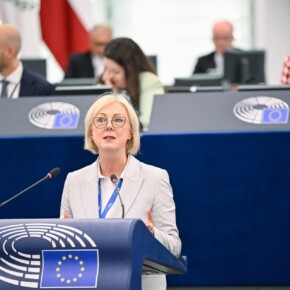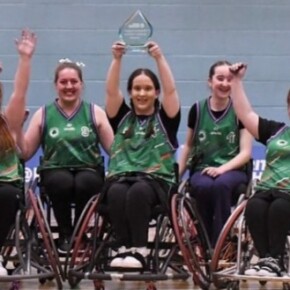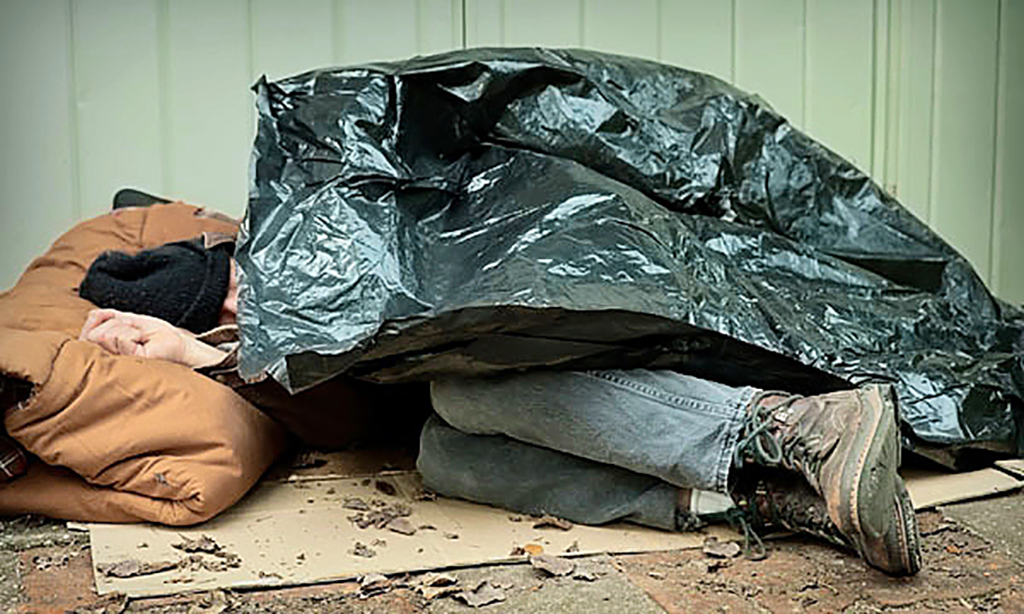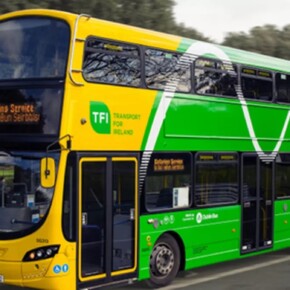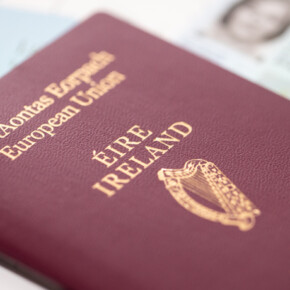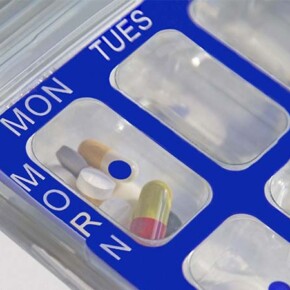The royal rumble of Glencullen-Sandyford
Mike Finnerty 29 May 2024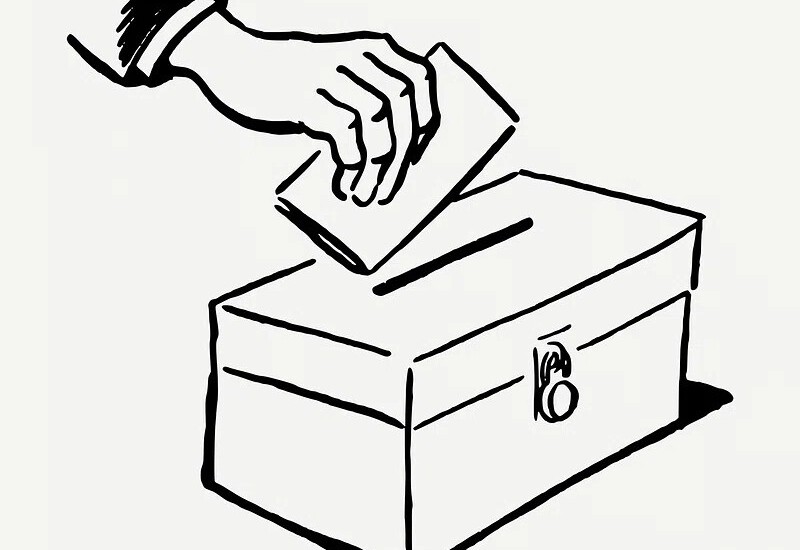
Pop quiz hotshots; what constituency has seen a Labour candidate top the poll in every election since 2004?
If you guessed Glencullen-Sandyford, congratulations, your brain is a repository of pub quiz answers. Please report to the bar for your free drinks voucher.
The last 20 years have been a rollercoaster for the party, but Lettie McCarthy’s performances in local elections need to be seen to be believed.
In 7-seater constituencies, it is possible for candidates to get elected with around 4-6% of first preferences, but McCarthy hoovered up 22% of first preferences back in 2019.
June is shaping up to be relatively similar to 2019’s results for Labour – not quite the catastrophe many were predicting but also no great shakes – so they will take victories wherever they can get them.
How McCarthy’s transfers are distributed will majorly shake up the race.
In 2019, independent candidate Michael Fleming got elected on the 2nd count after picking up McCarthy’s surplus, with a decent amount of the surplus going towards Fine Gael’s candidates.
2019 was also a great year for the Greens, getting their candidate elected on the first count with 15.5% of first preferences.
The Greens’ successful candidate that day, Deirdre Ni Fhloinn, resigned in October 2020 with Oisín O’Connor being co-opted in her place.
O’Connor will be running for the party next month and is also well-placed to keep the seat.
Owing to the 7-seat nature of Glencullen-Sandyford the Greens could lose more than half of their 15% haul from 2019 and still win a seat.
In 2019, Green transfers majorly benefited Fine Gael which may be telling of the make-up of the Green voter in the area; the Greens sure as hell didn’t transfer to Sinn Féin in 2019 and it probably won’t happen in 2024.
In fact, more Green voters transferred to People Before Profit in 2019 than they did Sinn Féin.
If that repeats itself next month remains to be seen, but considering the Greens and Sinn Féin are now essentially attracting different voters it shouldn’t make that much of a difference.
Where the Greens could run into trouble is the presence of a Social Democrats candidate on the ballot.
Aoife Murtagh will line out for the Sockies on their first appearance on the ballot in this part of Dublin, and the party is positioning itself as the party for voters who don’t like the government, but aren’t keen on Sinn Féin.
As this is the debut outing for the Sockies, there is no previous polling data to go on so we can only make a rough guess as to how they will perform; by our estimations, they will be there or thereabouts when it comes to contending for a seat.
Even if Murtagh doesn’t necessarily rake up a mountain of first preferences, the party’s nominally transfer-friendly status could come in handy.
Back in 2014, Fine Gael ran four candidates, 2019 saw them run three candidates, but this will see them run just two.
At the current rate of going, Glencullen-Sandyford won’t see a Fine Gael candidate on the ballot in 2034 although by then Sandyford will have been sawed off Ireland like that one Bugs Bunny cartoon where saws Florida off from the rest of America.
Fine Gael will be running sitting councillor Kazi Ahmed next month alongside Pierce Dargan.
Dargan’s CV certainly stands out as far as election candidates go: the CEO of a software company that helps out horse trainers decides to run for the local elections.
It almost sounds like a plot line from Northern Exposure.
2019 showed that Fine Gael majorly benefited from Green transfers in the area; perhaps the same can happen again next month?
Fine Gael’s strongest performing candidate from 2019, Emma Blain, has been drafted in to run alongside James Geohegan in Pembroke which deprives Fine Gael of one of their strongest assets.
However, there is a sizable cohort of voters at local elections who vote for the party instead of the candidate; for Fine Gael’s sake, they will surely be hoping this is the case next month.
Fianna Fáil are joining Fine Gael in running two candidates with current councillor Tom Murphy running alongside Elaine Dunne.
Even at their Bertie Ahern peak in 2004 Fianna Fáil could never get more than one candidate elected in this neck of the woods, which begs the question as to why the party has opted to run two candidates.
Murphy should be safe, but whenever Fianna Fáil has brought in a running mate it has not panned out for them.
It could be a case of both Fine Gael and Fianna Fáil targeting independent votes and also looking to pick up votes from their Green counterparts.
Sinn Féin were successful in getting a candidate elected in 2014, only to subsequently lose half of their vote share in 2019.
2024 is a different set of circumstances for Sinn Féin however, and have made a lot of noise about wanting to treat this year’s locals as a mini general election.
Sinn Féin will be standing 8 candidates for Dún Laoghaire-Rathdown Council compared to the 6 they ran in 2019 which is a sign of their intentions.
Shaun Tracey will be looking to make it third time lucky in a bid to get elected in Glencullen-Sandyford having missed out in 2009 and 2019.
Tracey knows what the campaign trail can throw at him which is a great tool for any candidate to have at their disposal.
The question is where exactly do Sinn Féin draw their voters from?
Their most immediate threat to their left, People Before Profit, are not running, but the Social Democrats are.
The Social Democrats have emerged as a progressive alternative to Sinn Féin for voters who want change but don’t necessarily like Sinn Féin.
Sinn Féin have made a bid in recent months to appeal to old-school Fianna Fáil voters in their bid to become a catch-all party and in the context of local elections, it appears they are trying to appeal to independent voters too.
Keeping on independents, Michael Fleming will be running again having done so well in 2019, while Kevin Daly, who previously won a seat here in 2014, is running again.
Predicting how independents will do is very tricky in lieu of knowing what exactly Glencullen-Sandyford voters want.
In a manner that has stumped political scientists for decades, independents have a sixth sense for knowing exactly what local residents want and that has become especially prevalent this year.
Independents can come in all shapes and sizes, be they left, right or otherwise, so candidates like Fleming and Daly (as well as fellow independent candidate Roopesh Kumar Panicker) could be well-placed to pick up on voters’ apathy with major parties.


